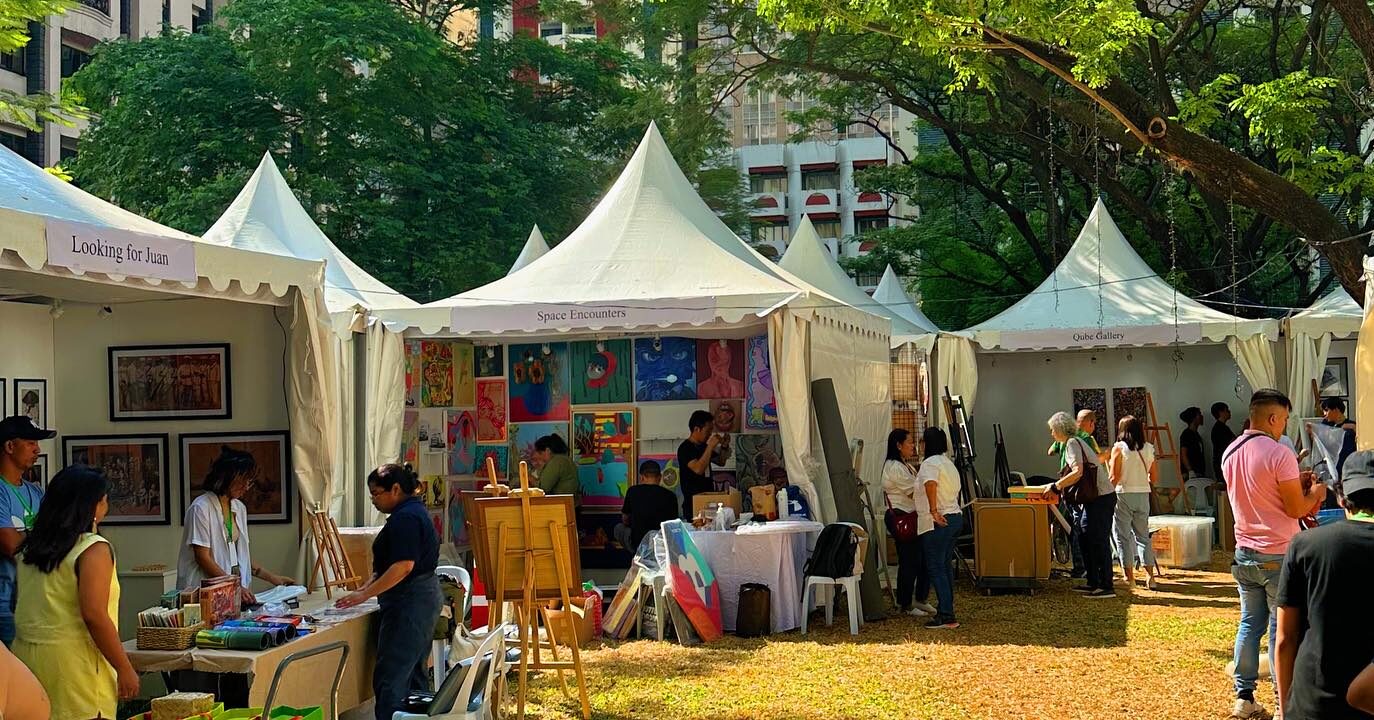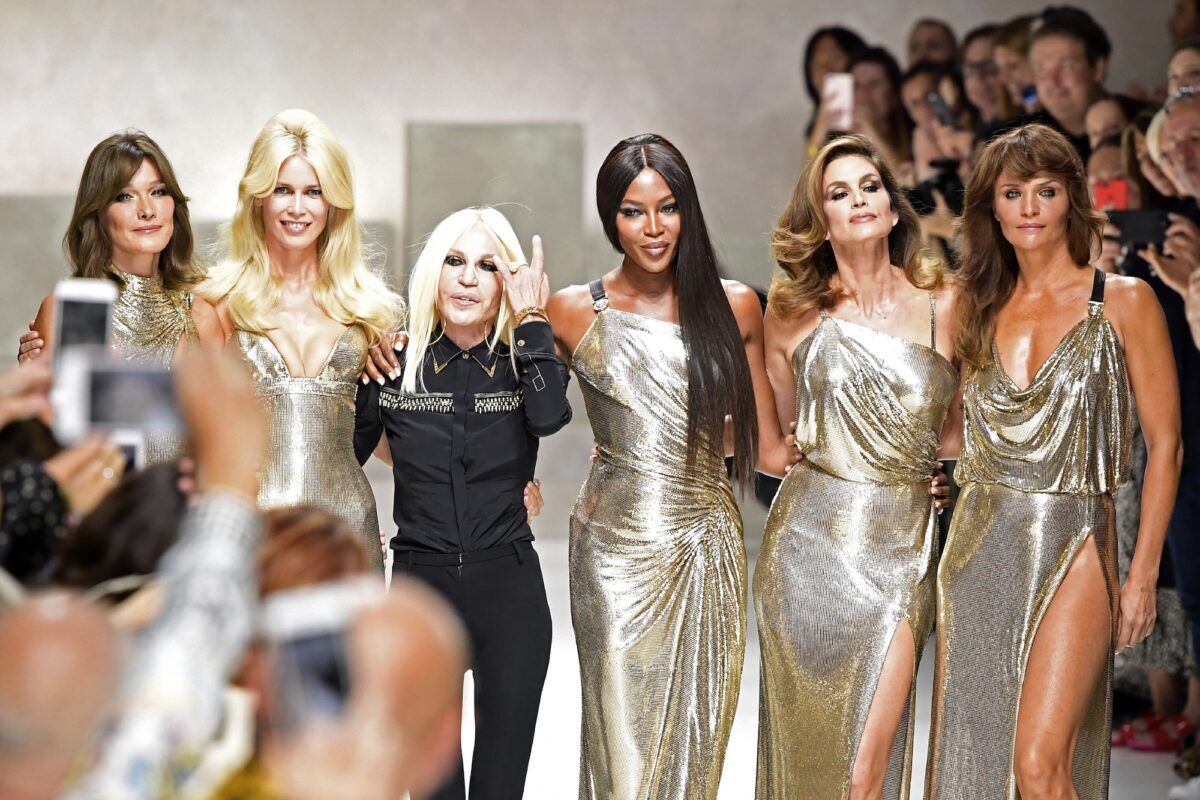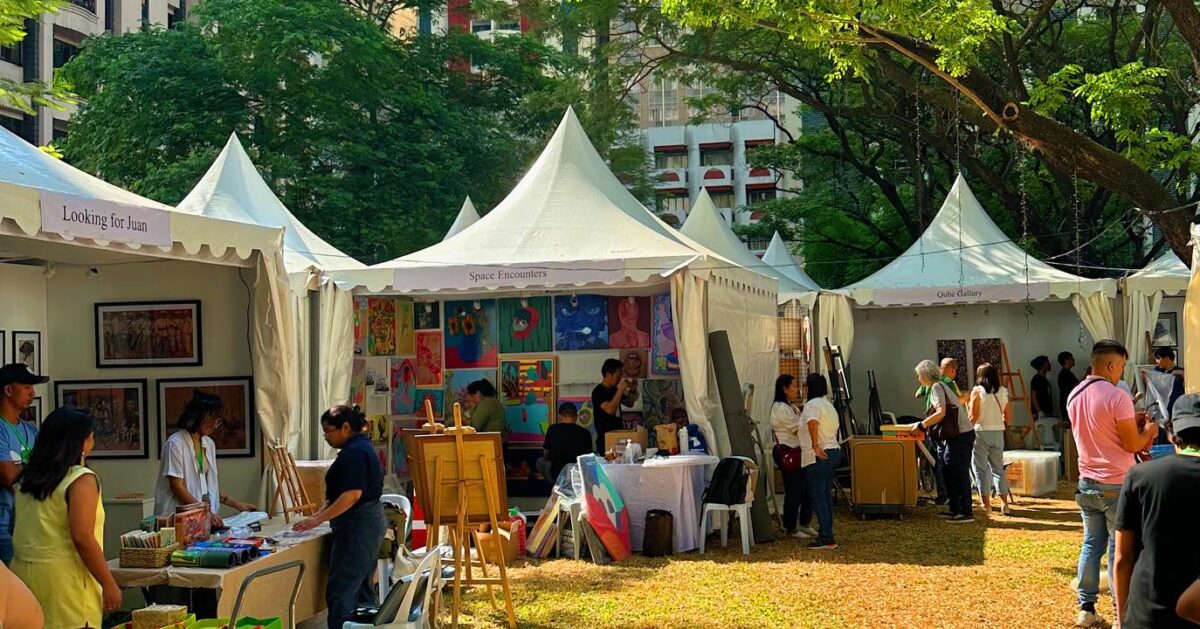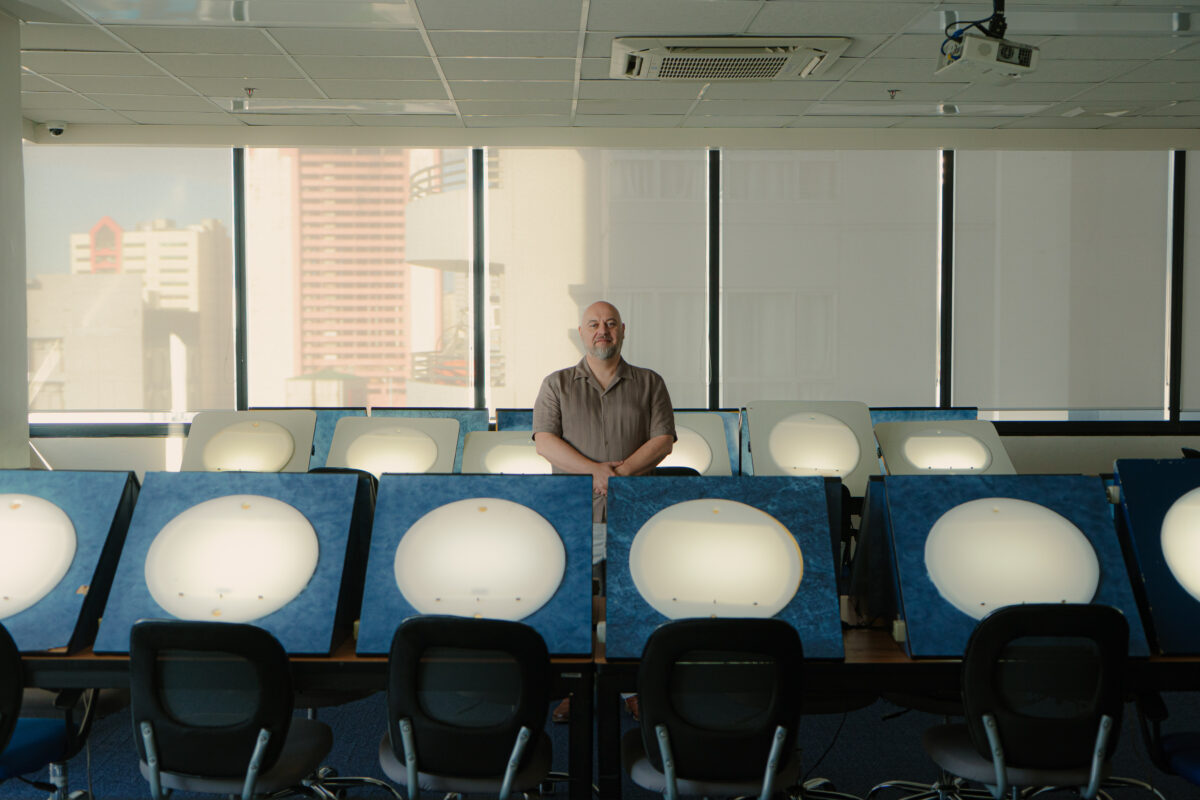Are you ready to hold your breath for Season 3 of “The Bear”? (Spoilers ahead)
“The Bear” is serving up its latest season, and the cast and critics are dishing on what’s up.
The comedy-drama FX series is known for its gripping intensity, beautiful food imagery, and a whole lot of swearing. In just four days, its latest season hit 5.4 million views—Hulu’s biggest premiere yet—demonstrating the show’s ability to generate buzz with cultural relevance and appeal.
Created by Christopher Storer, the show has catapulted its lead actors to fame, including Jeremy Allen White (Carmy Berzatto), Ayo Edebiri (Sydney Adamu), and Ebon Moss-Bachrach (Richard “Richie” Jerimovich).
The season jumps off from the finale of Season 2, which saw Carmy locked in the walk-in freezer on opening night and breaking his girlfriend Claire’s (Molly Garden) heart as he speaks through the broken door.
As we dive into “The Bear’s” third season, here’s a taste of what to expect, along with some behind-the-scenes trivia and a general vibe check from both the cast and critics.
What the cast says
In an exclusive press conference, the cast described the season in a nutshell with just a sentence or adjective, hinting at a season rich in character development and some changes for the fictional restaurant.
Ricky Staffieri (Theodore Fak) described it as “elevation” while Lionel Boyce (Marcus) opted for “precision.” Ayo Edeberi teased “non-negotiables” as a recurring theme, and Jeremy Allen White hinted at “challenges” ahead. Matty Matheson (Neil Fak) promised some “razzle dazzle.”
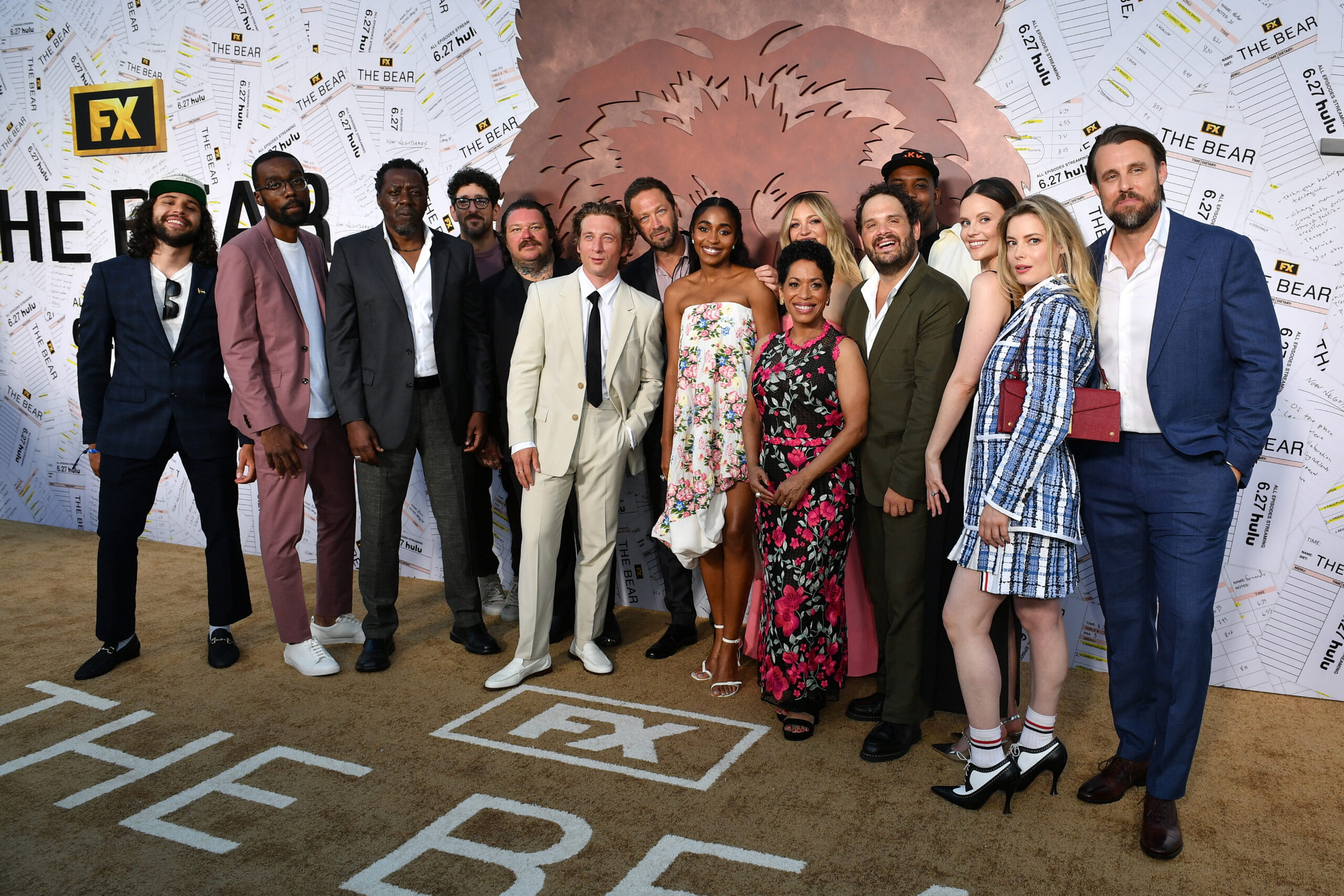
Many viewers may not know that Matheson plays multifaceted roles on the show as an actor, an executive producer, and a main culinary consultant. As a consultant credited for much authenticity in the show, Matheson highlights the visibility of smaller or staple restaurants in Chicago. “I think showing and shining light on a lot of amazing things about Chicago in a positive way are definitely things that we love doing.”
Some surprises and spoilers
While the present is set in Chicago, a large part of the series features flashbacks into Carmy’s past, working in kitchens in New York, Copenhagen, and Los Angeles.
The plot decision sheds light on how Carmy’s experiences messed up his relationships in an unhealthy way, with both people and his work.
Viewers can expect thought-provoking explorations of personal growth—reflections on circumstance and the humanity of people, all set against the backdrop of a high-firing, high-pressure kitchen environment.
More surprises you can expect? A rather distracting cameo by John Cena (with a lot of “ghosting”). More than a few microgreens. Many, many artsy shots of microgastronomy (while it was cool in the last season when Sydney explored the Chicago food scene to the music of Durutti Column, the Season 3 shots start to fade into each other).
Don’t be surprised either by the sudden, random pauses when the screen suddenly cuts to black, then returns to the same scene in time.
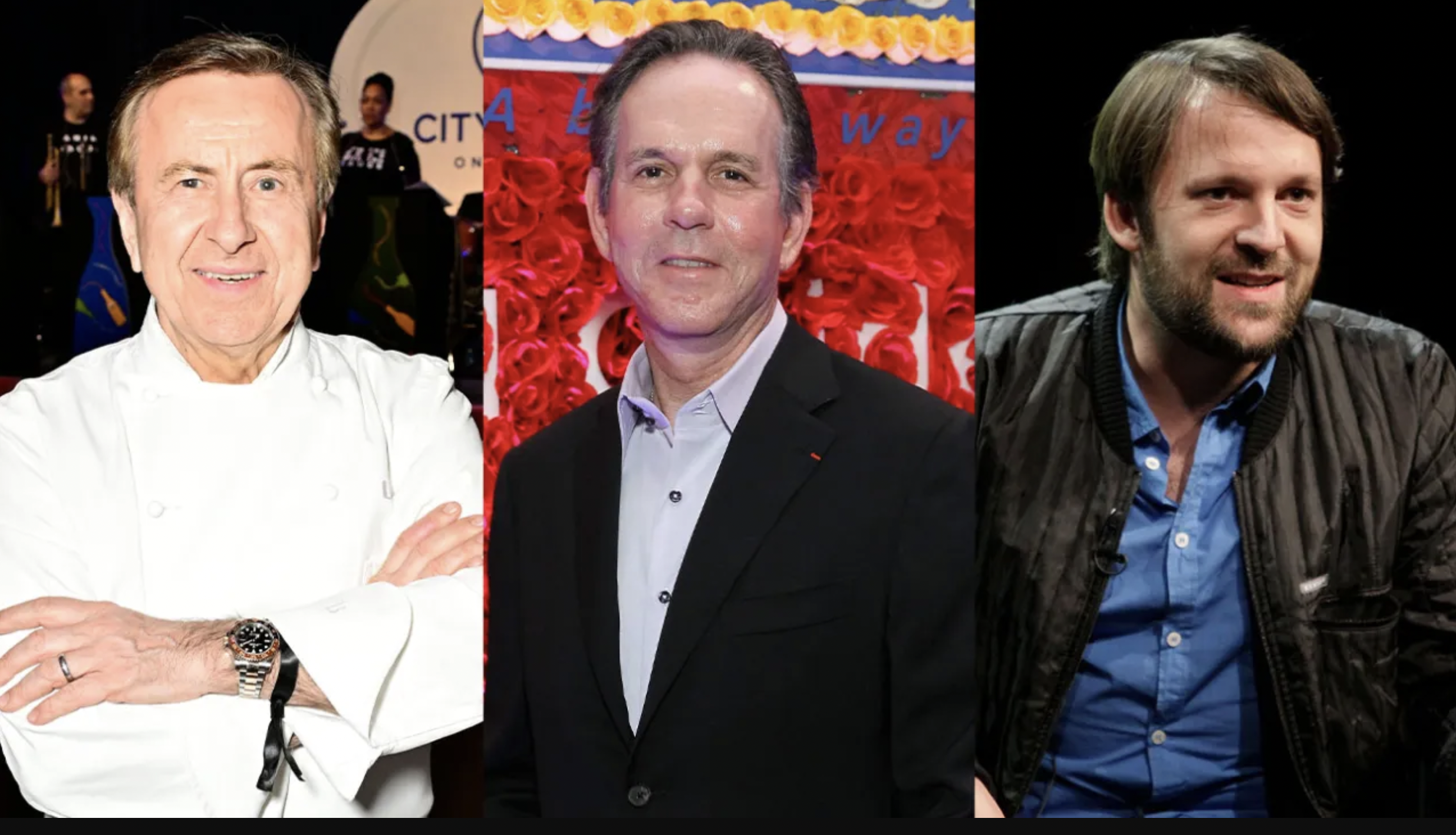
Besides Cena, legends in the culinary world make guest appearances. Daniel Boulud, the beloved French chef who has been awarded as the Best Restaurateur in the World makes an appearance in the first episode. You also get a quick glimpse of René Redzepi, the head chef at Noma in Copenhagen. Thomas Keller, known for the trendy fine dining restaurants Per Se and The French Laundry also has a few appearances in the first and last episodes.
READ: Chef Rene Redzepi–how he runs Noma, the world’s No. 1 restaurant
The inclusion of renowned chefs as guest stars seems to mark the show’s current culinary credibility while offering giddy moments for food and fine dining geeks.
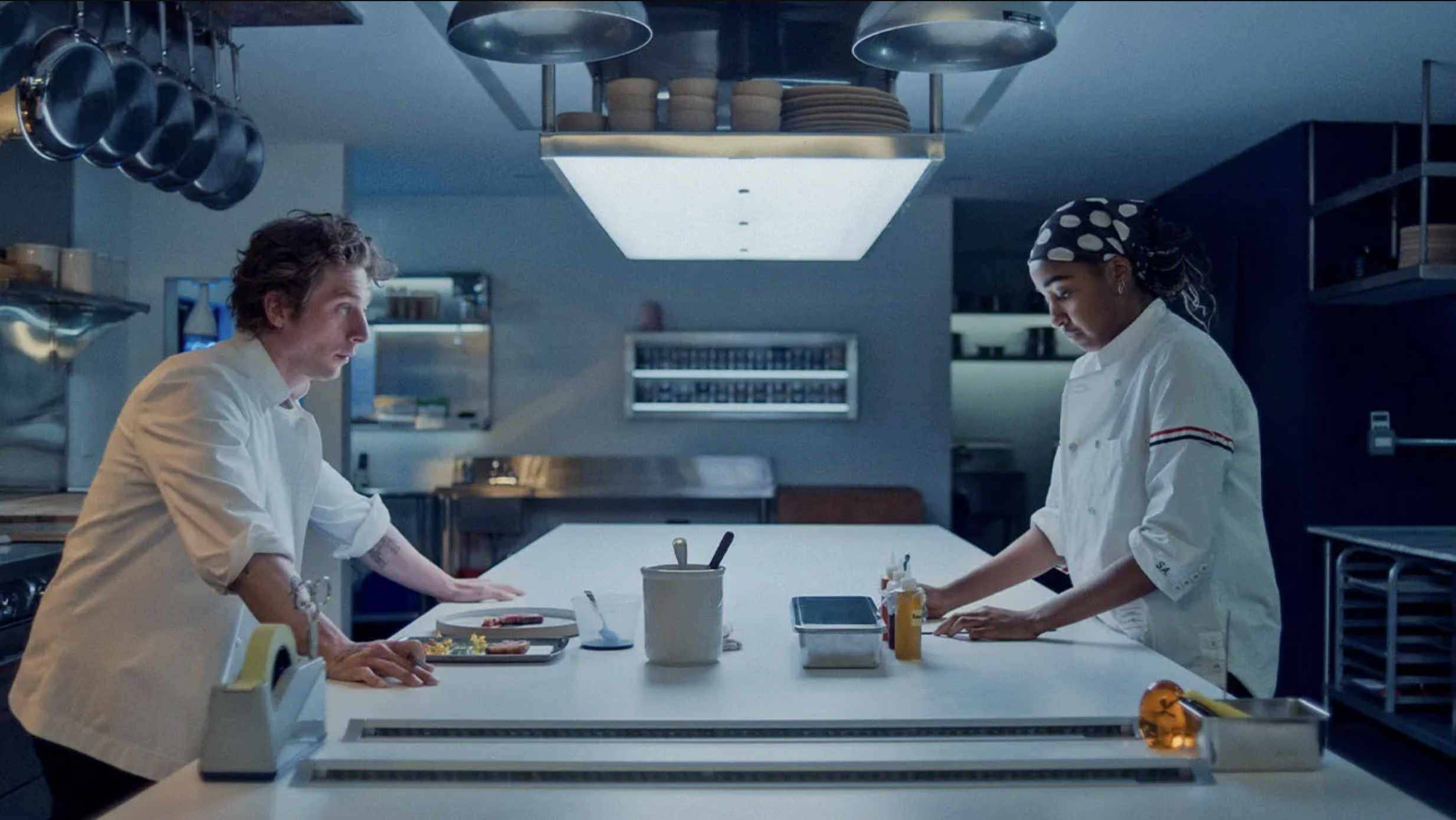
There are a lot of moments with Carmy being an asshole, and just making the wrong decisions in his relationships. Richie, who used to fill this role, has now become a lot more zen in his attitude. Look out for the Hidden Mickey Taylor Swift song cameo with Richie, too, a song choice “Bear” fans will understand. In terms of music, could the Pearl Jam singer Eddie Vedder’s song “Save It for Later” be this season’s anthem?
Watch out too, for the standout episode, “Napkins,” directed by Edebiri, which offers a poignant look at Tina’s journey to “The Beef”—a favorite for most critics. Her stunning directorial work showcases the show’s commitment to nurturing talent both in front of and behind the camera. The episode is a stellar example of the character-focused approach that exemplified the season’s trajectory with deeper storytelling of each character.
A couple of criticisms
However, the new season isn’t without its fair share of critics.
There is discourse where the show was noted as a “step down from Season 2”, noting a lack of linear narrative flow and occasional contrived scenes. Vanity Fair reviewed the season as “its meat both over- and under-cooked, and seasoned almost to death,” saying the show “leaves us hungry.”
READ: “The Bear” Season 2 – A Delicious Conundrum of Chaos, Drama, and Humour
While each episode has a unique voice and plot, beautifully captured in cool, grainy cinematography, the season lacks a clear overarching structure and definitive endpoint.
Unlike Season 2’s energetic narrative, Season 3 feels meandering, with each episode verging on caricature. This shift in storytelling approach contributes to a noticeable absence of the emotional rush and palpable energy that characterize the seasons before it.
The chef cameos are just a little too long, while the plot points are never fully fleshed out. The atmospheric food shots and Carmy’s kitchen war flashbacks are overindulgent, lacking that adrenaline rush. You don’t get to breathe those big sighs of relief you get at the end of each episode in previous seasons.
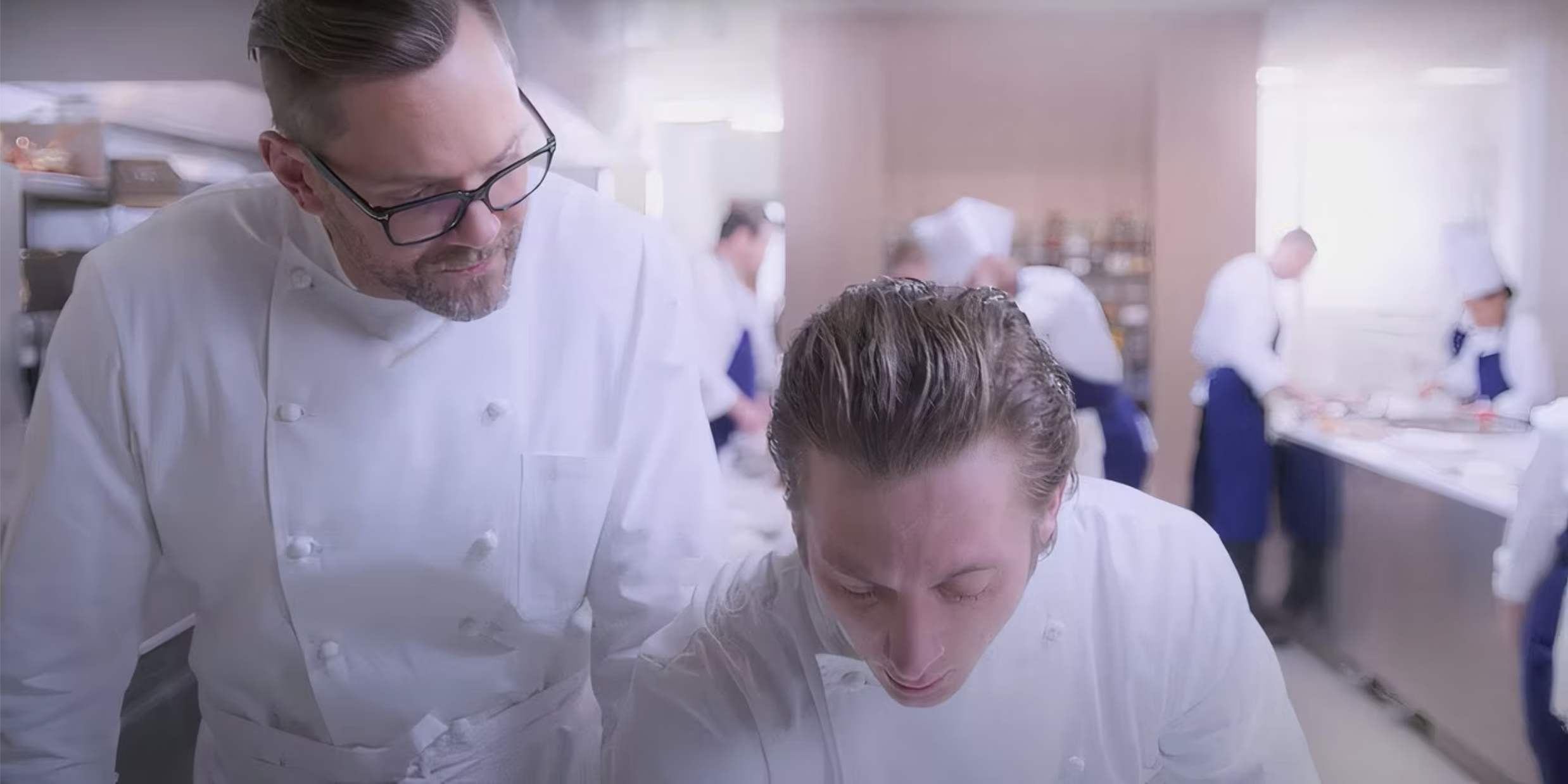
Flashbacks of Joel McHale’s character of the chef in New York show him as a nasty jerk, telling Carmy to “subtract” from the ingredients in a dish. To keep it simple, raw, pure. Maybe the creators weren’t listening to their own advice in the script—that there was definitely some “subtraction” needed in the narrative.
Despite some critiques, “The Bear” continues to push boundaries in its storytelling approach, taking creative risks that set it apart and start something new in the television landscape.
**
Ultimately, “The Bear” Season 3 is still good TV.
While the episodes focus more on character development, the show continues to challenge viewers’ expectations—widening viewers’ horizons on culinary knowledge, picking minds and hearts with the characters’ personal drama, and mesmerizing with the artistic, aesthetic storytelling. “The Bear’s” ability to blend intense drama with moments of humor and heart continues to be one of its strongest assets.
While taking a different approach with the energy levels this season, “The Bear” maintains its core appeal of authentic, nuanced characters, now more fully developed, keeping viewers curious and coming back for more.





